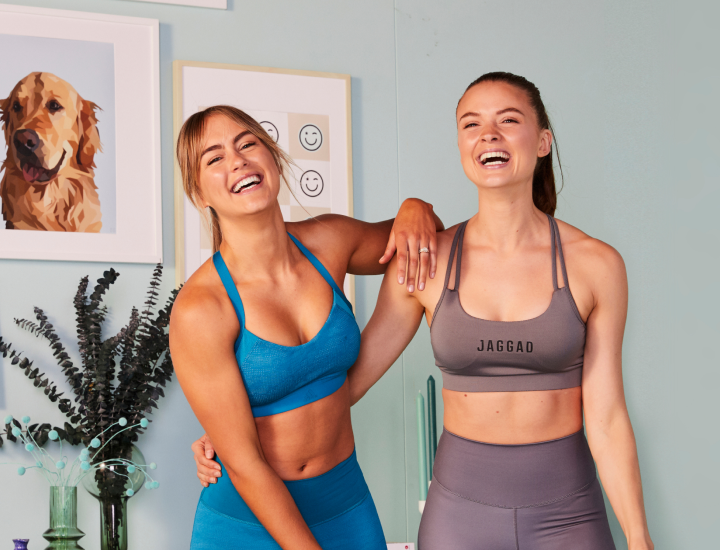Returning to exercise safely after covid-19
We understand that for many of you who have recently caught COVID, your health & wellness goals for 2022 could be off to a bumpy start. Please try your best to remind yourself that this is out of your control and that rest and recovery should be your number one priority.
We know that exercise is so important to our KIC community and we want to make sure that when you’re feeling ready, you can get back to KIC’ing it, safely! We’ve asked KIC’s expert Physio & Women’s Health Educator, Ash Mason to share some guidance on returning to exercise post-COVID, plus her KIC recommendations to ease back into your routine…
This week, leading Melbourne Epidemiologist Tony Blakely delivered the news that at the current infection rate, it is expected that up to 60% of Australians will have had COVID within the next 3 weeks. And because we know that exercise is important to our KIC community, we want to make sure you can get back to KIC-ing it safely.
The key thing to highlight upfront is that research on exercise post-covid is still fresh, and very limited. Currently, there is limited evidence for COVID-19 specific exercise rehabilitation, or the potential long-term impacts for those who have been infected. The truth is that as health professionals, we have to admit that at this point we just don’t know everything there is to know, yet. But I’m going to do my best to guide you according to what we do know so far.
It’s also important to note that everyone’s post-COVID-19 recovery will look and feel different depending on a range of factors including prior fitness levels, severity of illness and symptoms, isolation times, and types of medical intervention that was needed. Please remember this is only a guide, and is not intended or to be used as a substitute for individual medical advice; please seek guidance from your medical or healthcare professional for information that is tailored to you.
After testing positive (Day 0-10)
Goal: Rest & recover
It’s important that you rest for at least 10 days after you first begin to show symptoms (7 days if you’re asymptomatic). In these first 10 days, rest is going to be your best ally in your recovery. This isn’t the time to ‘sweat it out.’ Your body needs rest in order for your immune system to effectively combat the virus. If you’re feeling guilty for resting, or not exercising, it’s important to remind yourself that whilst exercise is a form of self love, so is rest. Be gentle with yourself, and know that it is okay to take a break from your regular routine whilst your body fights off the spicy cough.
An important note from here on in: Spend a minimum of 7 days at each phase. Drop back a phase if you’re finding it difficult. Only move up a phase when the progression criteria are met.
BORG SCALE:
Use this table to understand the suggested ‘Rating of Perceived Exertion’ (RPE) below.
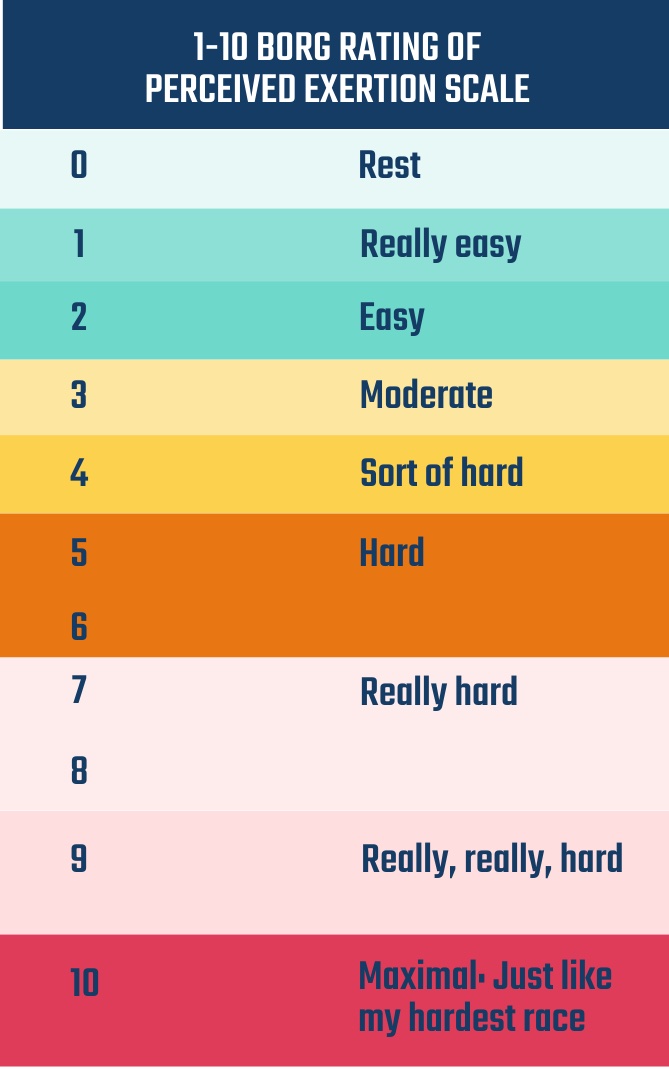
Phase 1:
Goal: Prepare to return to exercise
This phase is all about preparing your body to return to exercise gently and safely. Whether you’ve spent the past 10 days watching Netflix, reading, or sleeping, your body needs time to adequately prepare for exercise in order to prevent injuries or long term complications from COVID-19.
Exercise suggestions: Rest, breathing exercises, stretching, balance, gentle, slow walking.
Suggested RPE: 0-1 (no exertion at all, extremely light).
KIC recommendations: This is a great time for gentle yoga flows. Try ‘Hip Opening Yin Flow’ with Jaimie, and ‘Keep it Mellow’ with Cecily.
Phase 2:
Goal: Introduce low-intensity activity
When you’re feeling up to it, you can start to add some low-intensity, low-impact activity. Start with 10-15 minutes, and gradually increase by adding 10 minutes each day.
Exercise suggestions: walking, gentle yoga flows, light household and gardening tasks.
Suggested RPE: 0-2.
KIC recommends: Yoga. Try ‘Sun Salutation’ with Jaimie, or ‘Hip Awakening’ with Cecily.
Progress when: You’ve completed 7 days at phase 2, and you can walk 30 minutes at a pace where you can still easily hold a conversation (RPE 3).
Phase 3:
Goal: Moderate intensity aerobic and strength
It is recommended that you begin with intervals; for example, start with 2 intervals of 5 minutes separated by a block of recovery and add one 5 minute interval per day as tolerated.
Exercise suggestions: Pilates, bodyweight (or very light weights) strength training.
Suggested RPE: 3-6. Light to somewhat hard; you can hear your breathing but not gasping for air.
KIC recommends: Pilates. Try ‘Full Body Focus Flow’ with Mari or ‘Total Body Amp Up’ with Christina. You could also try a KIC START strength masterclass like ‘Basic Beginner Strength’ with Britt if you feel up to it.
Progress when: You’ve completed 7 days at phase 3, and you can complete a 30 minute session and feel recovered within 1 hour.
Phase 4:
Goal: Moderate intensity aerobic and strength with coordination and functional skills
This is where you can start increasing the number of days per week you are exercising, so long as you’re still recovering well and feel up to it. Remember, the key is listening to your body, and only moving your body in a way that feels comfortable.
Exercise suggestions: Light interval jogging, introduce light HIIT training, increase weights & challenge in strength training.
Suggested RPE: Continue at 3-6 as per phase 3.
KIC recommends: KICRUN 0-5km program week 1 (even if you’ve previously completed KICRUN, start light), ‘Beginner Entire Body Burn‘ HIIT with Brooke, ‘Full Body HIIT Boxing’ with Ellice.
Progress when: You’ve completed 7 days at phase 4, and when your fatigue levels are normal.
Phase 5:
Goal: Baseline Exercise
We hope that by phase 5 you’re feeling a lot more like your usual self, and are back KIC-ing it like normal!
Exercise suggestions: Return to regular exercise routine.
Suggested RPE: 7> as tolerated, hard to very hard.
KIC recommends: Whatever KIC workouts you loved before getting COVID, just remember to listen to your body and modify or rest wherever needed.
Where to get help?
It’s not uncommon for people to need a little extra guidance and support with their COVID-19 rehabilitation, no matter how fit or healthy they were before getting sick. If you need help, look for an Exercise Physiologist or Physiotherapist in your local area.
A final note from Ash
You might have noticed so far that there is a strong theme of ‘listening to your body’ when returning to exercise after COVID-19. Continue to monitor how you’re feeling, and perhaps more importantly, how you’re recovering as you continue to increase your activity and fitness levels. We know that exercise and wellbeing is important to you but pushing too hard too soon might actually slow your recovery. Gains, PB’s and Closing your Rings don’t trump health, so take it easy, show yourself some love, compassion, and kindness, and know that even if the process is slow, you will get there – and we are here to support you along the way.
Article reference:
Salman D, Vishnubala D, Le Feuvre P, Beaney T, Korgaonkar J, Majeed A et al. Returning to physical activity after covid-19 BMJ 2021; 372 :m4721 doi:10.1136/bmj.m4721
You might also like
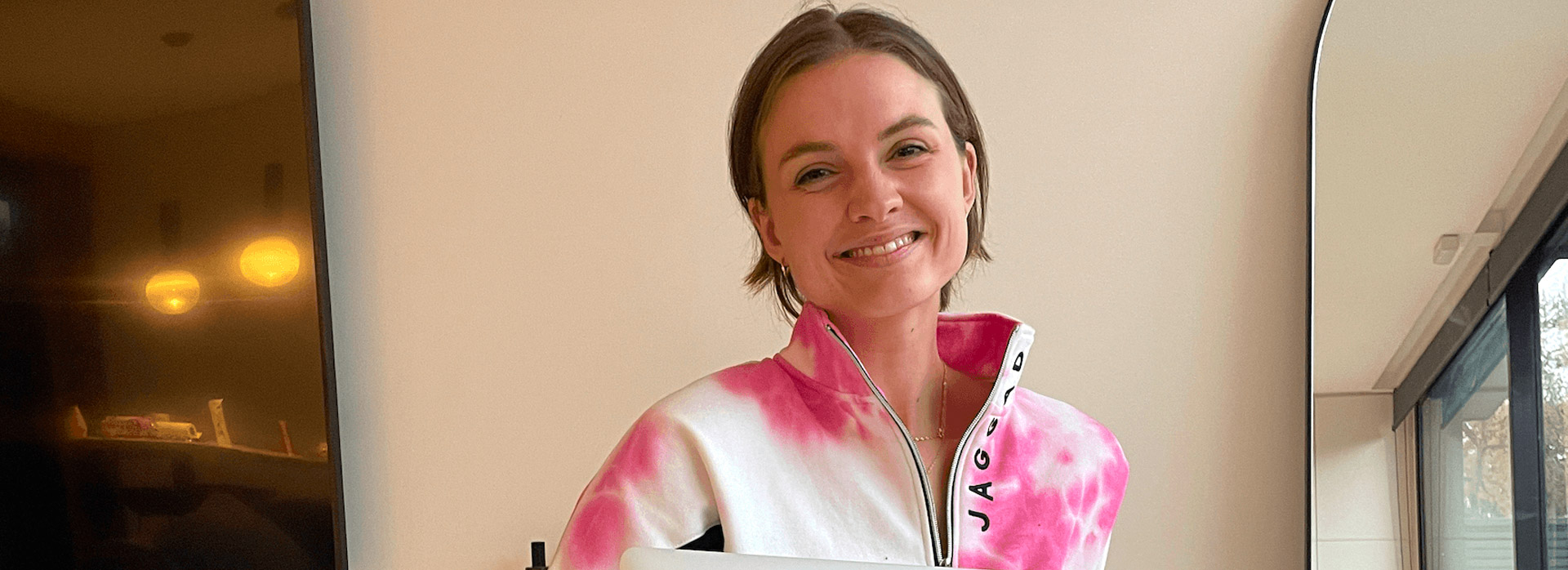
- Blog
- WELLBEING
As much as I absolutely love my fast-paced daily routine, moving my body and my nimble work environment I know how important it is to make sure that I give myself adequate time to rest. When I stop and rest, the positive impact it has on my body and mind never fails to surprise me. […]
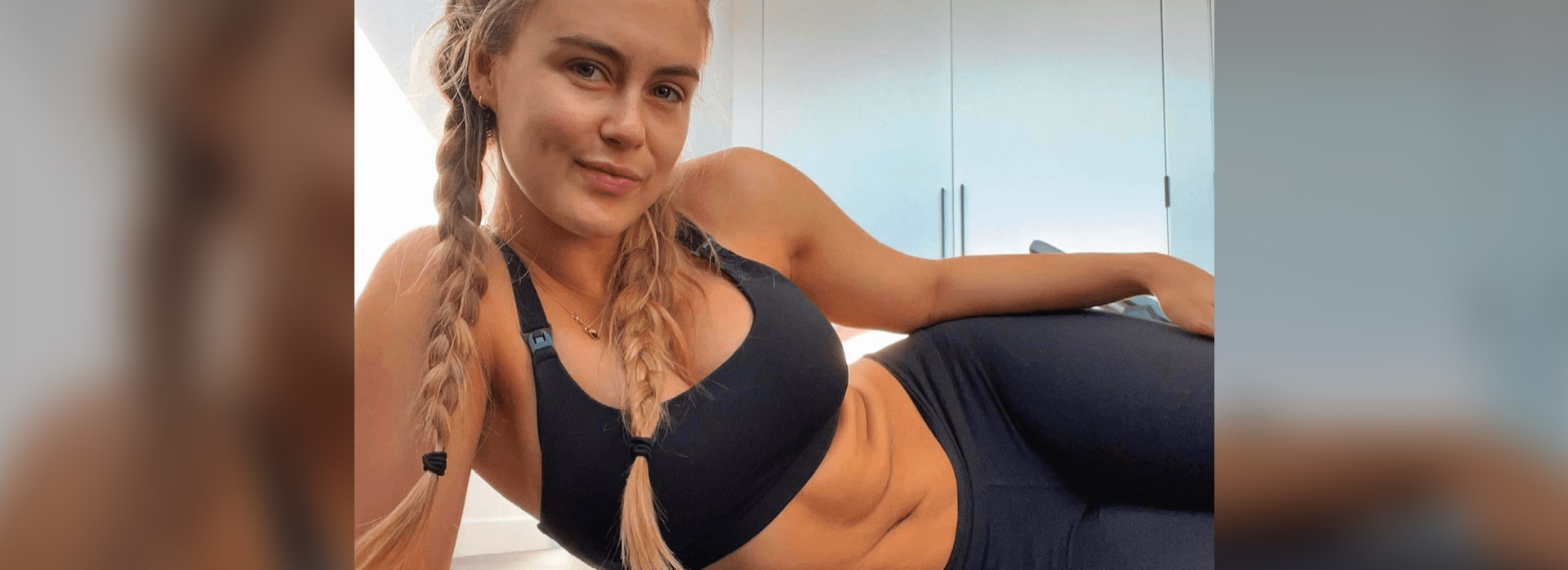
- Blog
- FITNESS
Whether you’re a new postpartum mum like me, need to be more gentle on your joints, are returning to exercise after an injury or your body is simply craving something a little less intense, KIC has you covered! As much as I love getting my sweat on with a super intense HIIT workout, since having […]
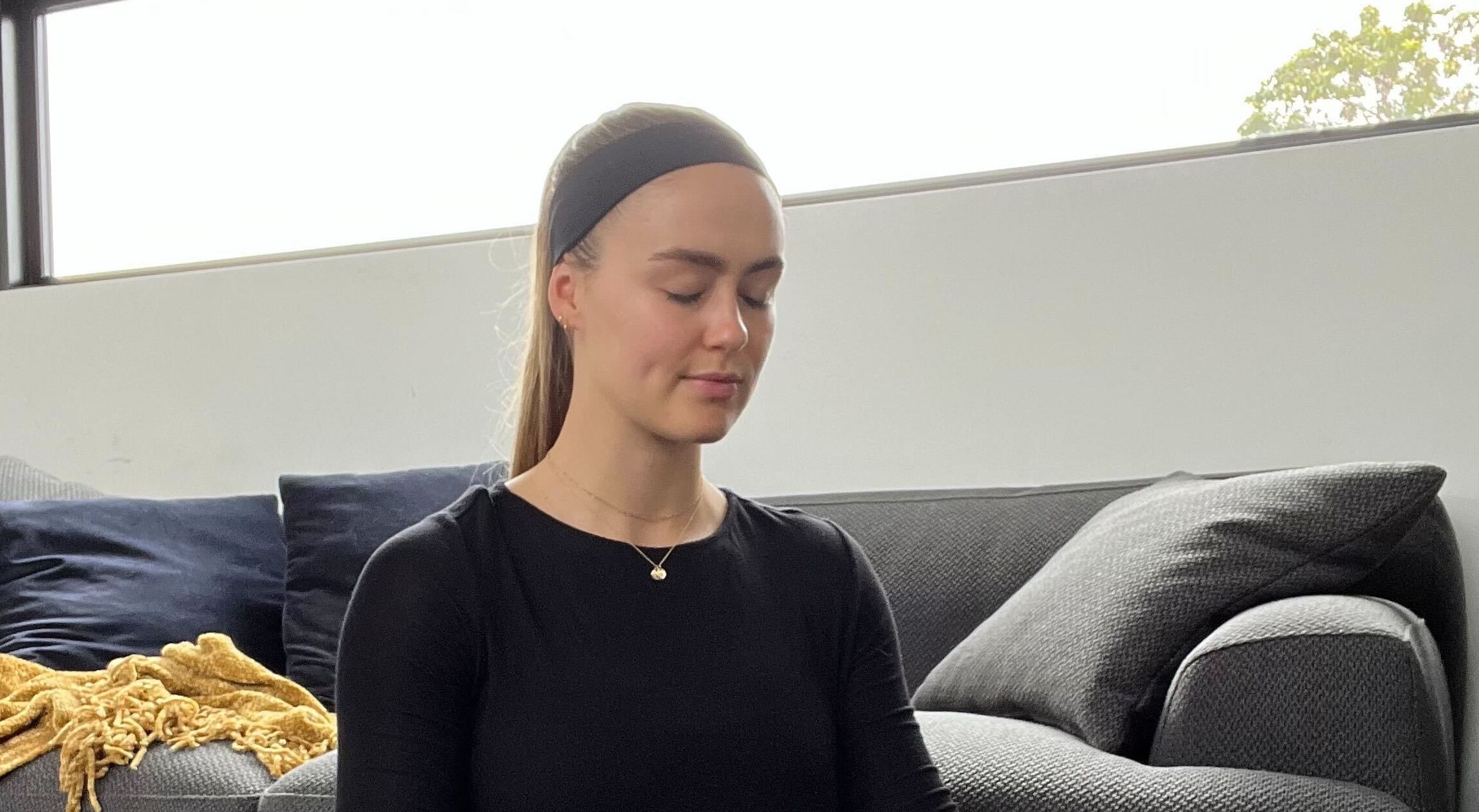
- Blog
- WELLBEING
One of our favourite ways to practice self-care is by meditating. It’s oh-so-simple but oh-so-effective. It does wonders for our mental health and can have a seriously incredible impact on our sleep.
